Mobile security firm Lookout has a new list of the 20 passwords most commonly found in leaked account information on the dark web. Some are surprisingly easy to guess.



“Harms in early life can take many forms, and can lead to health consequences many years down the road. What our study shows is that these consequences manifest as perturbations to multiple biological systems, which can be measured from biomarkers in blood.”…
Individuals exposed to adverse childhood experiences tend to be biologically older than their counterparts, according to new research published in the scientific journal Psychoneuroendocrinology.
Adverse childhood experiences refer to a set of potentially traumatic events that occur before adulthood. These experiences include various forms of abuse and neglect, witnessing intimate partner violence, parental death or serious illness, parental divorce or separation, and psychiatric illness of a family member. Biological aging, on the other hand, refers to the accumulation of damage and loss of function to cells, tissues and organs.
Previous research has found that people exposed to adverse childhood experiences are more likely to suffer from chronic diseases and have a shorter lifespan. The authors of the new study were interested in whether accelerated biological aging could help explain the relationship between adverse childhood experiences and poor health outcomes later in life.
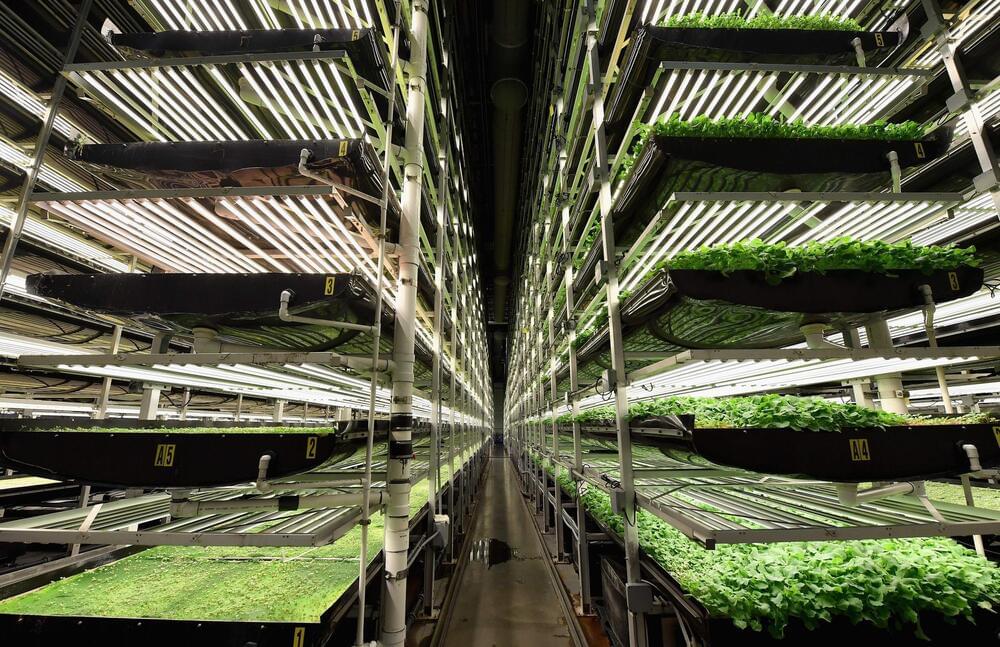
Last week New York City was host to the Indoor AgTech Innovation Summit, an event which drew 600 attendees, featured 90 speakers and included representatives from 42 countries. For a sector with some history of hyperbole about its role in feeding the world, the presentations and discussions during this event featured an overall balance of optimism and pragmatism. Many different kinds of “indoor” facilities were being considered at this meeting ranging from basic greenhouses all the way to multi-level “vertical farms” of the type pictured above. Industry players prefer to call their sector “controlled environment agriculture” or CEA. That is in contrast to mainstream agriculture which has the advantage of free solar energy and rainfall, but which must also deal with all the variables associated with weather and the limitations determined by geography.
The origins of CEA stretch at least as far the 17th and 18th century when “orangeries” in France were used in the winter to protect citrus trees grown in pots. For the last eight decades the Dutch have been technology leaders in the increasingly sophisticated and international greenhouse industry. In recent years CEA has been expanding world wide and trending towards a higher degree of control of the growing conditions including light, temperature, humidity, water, and carbon dioxide concentration. Fertilization in these systems is increasingly micromanaged in a soil-free setting such as “hydroponics” or “aeroponics.” Many tasks and process controls are automated.
This is an expanding industry with 7–8% annual growth projected for greenhouses and 15% per year for vertical farming. Greenhouses are commonly used to produce leafy greens, tomatoes, peppers, and cucumbers. The highest tech, vertical farming systems are currently focused on leafy greens and herbs. Even so, the packaged salad and leafy greens market is said to be in the range of $8.7 billion and projected to grow to between $13 billion and $25 billion within the next 5 years and CEA is likely to account for an increasing share.
Check Point Research, the Threat Intelligence division of the company, a leading global cybersecurity specialist provider, has released its Global Threat Index for the month of June 2022. Researchers have found that Emotet continues to be the number one malware and has also increased its global incidence by around 6%. Continuing with its climb of the last month, Snake Keylogger sneaks into the top three positions, taking the Formbook position, both still far from Emotet.
Emotet, has affected 14% of organizations around the world in June, an increase that is almost double compared to the previous month. This malware is highly profitable thanks to its ability to go unnoticed. Its persistence also makes it difficult to remove once a device is infected, making it the perfect tool in a cybercriminal’s arsenal. Conceived as a banking Trojan, it is often distributed via phishing emails and has the ability to embed other malware, increasing its ability to cause widespread damage.
There are other malwares that have increased their presence such as Raspaberry Robin, GuLoader and Wacatac. The first one was discovered a few months ago (September 2021) and is distributed via infected USB drives, uses various legitimate Windows functionalities to communicate with its C&C servers and execute malicious payloads. GuLoader first appeared in December 2019 and was used to download Parallax RAT, but has been applied to other remote access Trojans such as Netwire, FormBook, and Agent Tesla. Lastly, Wacatac is a Trojan threat that locks files but does not encrypt them like typical ransomware. When Wactac infiltrates a user’s system, it changes the names of the target files by appending a “”.wctw” extension. The lack of data encryption capability makes this threat reversible. Wactac is normally spread using spam email campaigns and rogue software.

Earthen architecture can withstand extreme events such as earthquakes and heavy winds “because of the ability of its structure to distribute the load that it faces on its surface, unlike concrete or cement,” says Damluji.
But mud building’s resilience to earthquakes depends on the intensity of the seismic waves and the soil in which they are built, says Jerome.
Mud buildings are “also protected from seasonal rains and flash floods due to the damp-proof and protective external rendering used in several layers of refined mud, ash and lime coating and plaster”, says Damluji.
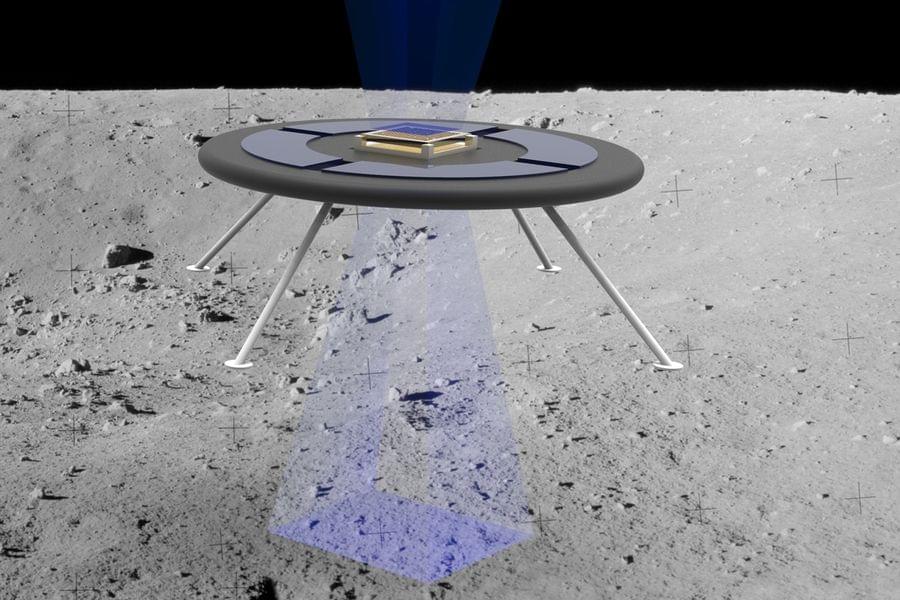
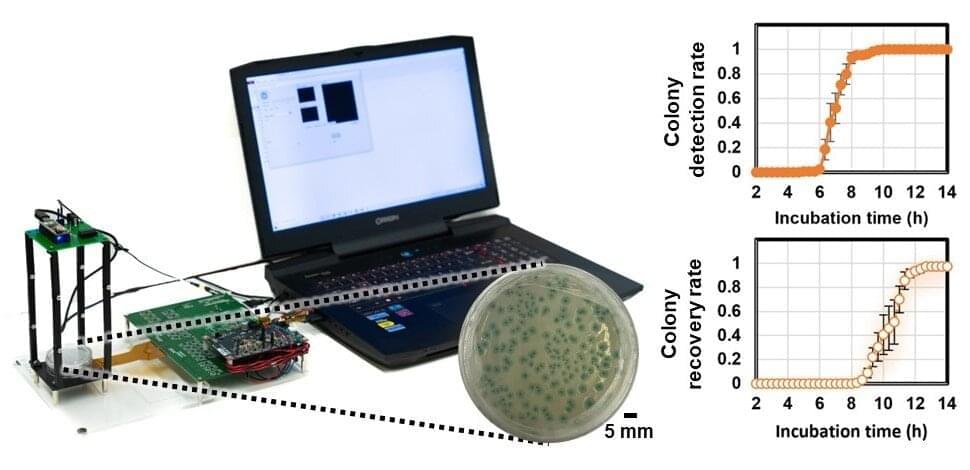
Early detection and identification of pathogenic bacteria in food and water samples are essential to public health. Bacterial infections cause millions of deaths worldwide and bring a heavy economic burden, costing more than 4 billion dollars annually in the United States alone. Among pathogenic bacteria, Escherichia coli (E. coli) and other coliform bacteria are among the most common ones, and they indicate fecal contamination in food and water samples. The most conventional and frequently used method for detecting these bacteria involves culturing of the samples, which usually takes 24 hours for the final read-out and needs expert visual examination. Although some methods based on, for example, the amplification of nucleic acids, can reduce the detection time to a few hours, they cannot differentiate live and dead bacteria and present low sensitivity at low concentrations of bacteria. That is why the U.S. Environmental Protection Agency (EPA) approves no nucleic acid-based bacteria sensing method for screening water samples.
In an article recently published in ACS Photonics, a journal of the American Chemical Society (ACS), a team of scientists, led by Professor Aydogan Ozcan from the Electrical and Computer Engineering Department at the University of California, Los Angeles (UCLA), and co-workers have developed an AI-powered smart bacterial colony detection system using a thin-film transistor (TFT) array, which is a widely used technology in mobile phones and other displays.
The ultra-large imaging area of the TFT array (27 mm × 26 mm) manufactured by researchers at Japan Display Inc. enabled the system to rapidly capture the growth patterns of bacterial colonies without the need for scanning, which significantly simplified both the hardware and software design. This system achieved ~12-hour time savings compared to gold-standard culture-based methods approved by EPA. By analyzing the microscopic images captured by the TFT array as a function of time, the AI-based system could rapidly and automatically detect colony growth with a deep neural network. Following the detection of each colony, a second neural network is used to classify the bacteria species.
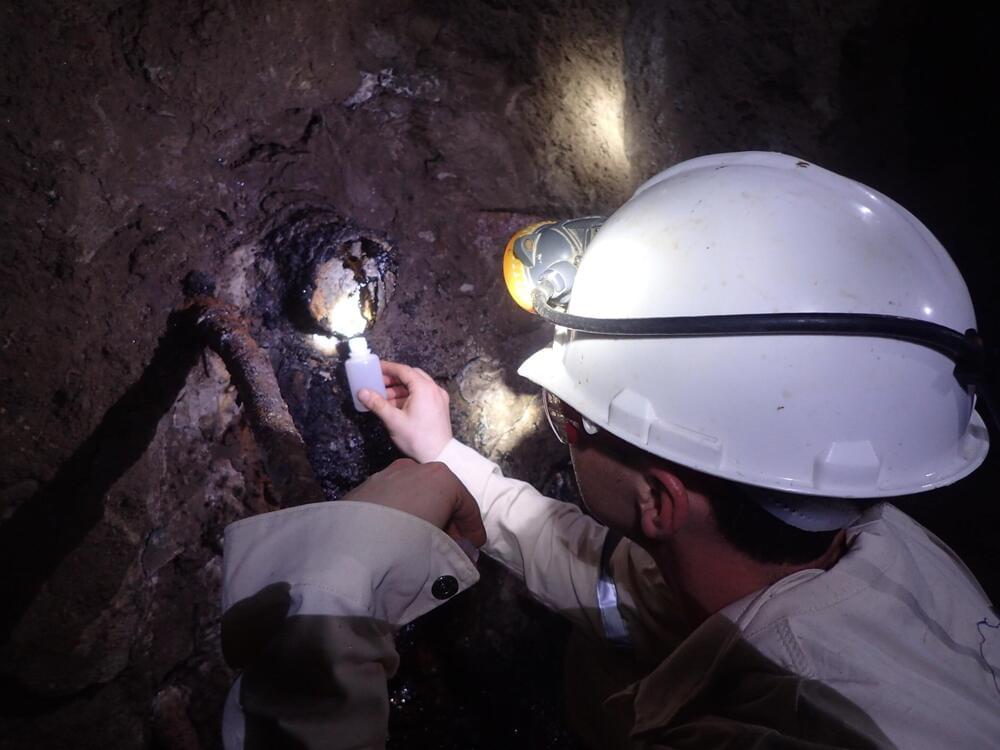
An international team of researchers has discovered 1.2-billion-year-old groundwater deep in a gold-and uranium-producing mine in Moab Khotsong, South Africa, shedding more light on how life is sustained below the Earth’s surface and how it may thrive on other planets.
The findings were published earlier this week in the journal Nature Communications.
“For the first time, we have insight into how energy stored deep in the Earth’s subsurface can be released and distributed more broadly through its crust over time,” says Oliver Warr, research associate in the Department of Earth Sciences at the University of Toronto and lead author of the study. “Think of it as a Pandora’s Box of helium-and-hydrogen-producing power, one that we can learn how to harness for the benefit of the deep biosphere on a global scale.”
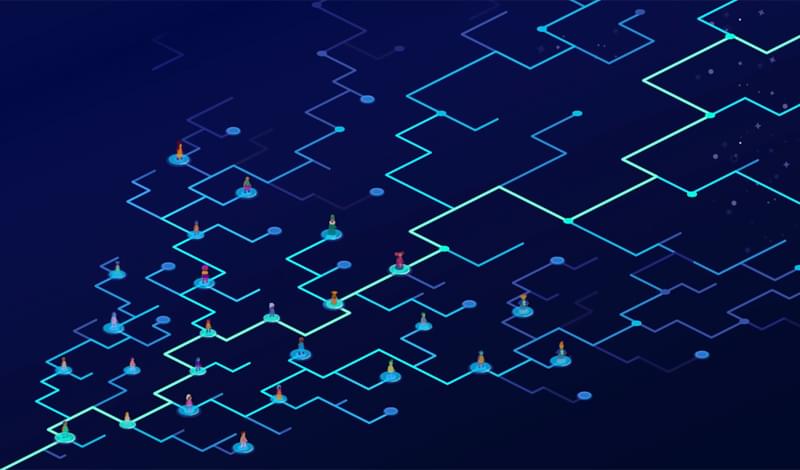
The Last Human – A Glimpse Into The Far Future.
German animation and design studio, Kurzgesagt, explores the far future of humanity and how our population may change over the aeons.
Given the numerous global threats we face during this century and beyond – from climate change to nuclear war, asteroid impacts and killer viruses – many of us are concerned that humans could go extinct. But there are reasons to be optimistic, according to this latest video from Kurzgesagt. Rather than approaching the end of human history, we may actually be living at the dawn of our species; the mere prelude for a vast and exciting future that lies ahead.

Way too many batteries still end up in a landfill, though it depends on the type. While 90% of lead acid batteries are recycled, experts estimate that only about 5% of lithium-ion batteries currently enter a recycling stream. Many more lurk in drawers or end up in the trash. That’s a problem.
Why you shouldn’t throw batteries in the trash
Lithium-ion batteries can cause fires when exposed to heat, mechanical stress, or other waste materials. Once exposed, the elements contained in the batteries could leach into the environment and contaminate the soil and groundwater. While this shouldn’t present an issue at a well-managed domestic facility, exported trash might end up at a more lenient landfill. Richa et al. note that “the greater risk is loss of valuable materials.”